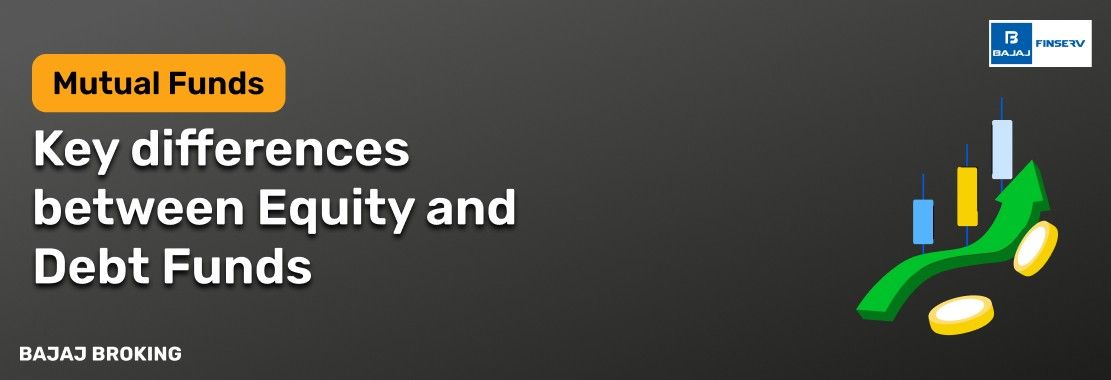When the market goes up, it frequently feels safe. But folks can get worried when the market goes down unexpectedly. These dips are either corrections or crashes in the stock market. Both have expenses that go down, but they are distinct in size, time, and effect.
This page talks about the differences between the two, how often they happen, how long they last, and what role they play in the bigger picture of the stock market.
Market Corrections Versus Crashes
A correction in the stock market usually means that the price has decreased 10% to 20% from a recent peak. It normally happens as part of normal market activity and doesn't persist long.
A crash, on the other hand, is when something drops more than 20% in a short period of time. Crashes often happen after big shocks, such as financial scandals or worldwide crises. There are a lot of corrections, but not as many accidents. When they do happen, they are severe.
How Often Does The Stock Market Crash?
But crashes don't happen all the time. There were huge crashes in India during these times:
In 1992, there was a scam that involved Harshad Mehta.
The Global Financial Crisis of 2008
2020 (lockdown because of COVID-19)
These occurrences happened because of factors that don't usually happen in the market. Moneycontrol and other sources say that statistics from the NSE and BSE show that these kinds of crashes have only happened a few times in the last 30 years.
Things often go better after major tragedies, but it depends on the economy and how the government responds.
How Long Does a Stock Market Crash Last?
It could take months or even years to get back on track after a crash. Here are several examples:
Crash Year | Cause | Recovery Time 1992 | Stock market hoax | 18–24 months 2008 | Global crisis | Around 2 years 2020 | Pandemic shock | Less than 1 year
The market will have to trust again before it ends. Changes in interest rates, government support, and events across the world all have an effect on how long it takes to recover.
Addtional Read: What is a Stock Market Crash
How Long Does a Stock Market Correction Last?
Usually, corrections don't last as long. The Economic Times says that most corrections in Indian markets run from one to three months.
Here are some things that are common:
Taking profits or overvaluing caused it
Often come to an agreement without making big changes to policy
Help the market go back into balance during the cycle in a natural way
People usually think of corrections as good improvements that bring prices back to where they should be.
How often Do Stock Market Corrections Occur?
Corrections happen more often than crashes. Business Standard claims that Indian stock markets correct themselves at least once every 12 to 18 months.
Here are some common reasons:
Changes in the worldwide market
The RBI is increasing interest rates.
Results for the company that were worse than expected
How investors' feelings have changed
Even though they are hard, corrections help protect bubbles from building in the market that can't persist.
What Should I Do About Stock Market crashes and Corrections?
You can keep calm if you know the difference. In the past, both events have been short-lived, but crashes can have long-term effects.
During these periods, investors usually do the following:
Consider again how much risk they are willing to take.
Put money into a variety of things.
Read news from RBI, SEBI, and NSE to stay up to date.
Talk to a professional financial advisor if you need help.
Don't panic; instead, base your decisions on your long-term financial goals.
Additional Read: Market Correction - Definition & Factors to Consider
Conclusion
There are two types of dips in the stock market: corrections and crashes. They happen for different reasons and have different repercussions. Corrections happen a lot, and they're not hard to deal with. Crashes are rare and bad, but they are nonetheless a part of the market cycle.
If you know the difference and seek patterns, you might be able to better understand how the market works and navigate through it more mindfully.




